The Extended Reality (XR) Market is experiencing a significant transformation marked by intense competition among various technology companies aiming to capture a share of this innovative and rapidly evolving landscape. XR encompasses a range of immersive technologies, including virtual reality (VR), augmented reality (AR), and mixed reality (MR), which are increasingly becoming integrated into various industries such as entertainment, healthcare, gaming, and education.
In this burgeoning market, companies are striving to differentiate themselves through innovative products, user-friendly experiences, and cutting-edge technology. As the demand for immersive experiences grows, organizations are not only competing in terms of product offerings but also in building strategic partnerships, investing in research and development, and enhancing customer engagement to secure their positions and foster growth. Samsung has established a formidable presence within the Extended Reality (XR) Market, leveraging its extensive experience in consumer electronics and display technologies.
The company’s strength lies in its ability to produce high-quality hardware, including advanced VR headsets and AR devices, which cater to both gaming enthusiasts and professionals seeking sophisticated solutions.
With a robust ecosystem of devices, Samsung offers seamless compatibility and integration with its mobile devices, fostering a comprehensive user experience. Moreover, Samsung’s commitment to innovation, highlighted by continuous research and investments in XR technology, positions it favorably against competitors.
The brand equity built over the years, along with its strategic marketing initiatives, helps Samsung maintain a strong foothold in the global XR landscape, establishing itself as a leader in delivering cutting-edge immersive experiences. NVIDIA, renowned for its high-performance computing solutions, has carved out a significant niche in the Extended Reality (XR) Market through its advanced graphics processing units (GPUs) and software solutions tailored for XR applications. The company’s key services include a suite of software platforms enabling enhanced rendering, simulation, and real-time graphics capabilities, making NVIDIA GPUs essential for developers and enterprises in creating rich, immersive experiences.
With a strong market presence, NVIDIA’s technologies are widely adopted in the gaming sector, architectural visualization, and training simulations, further solidifying its reputation.
The company's ongoing innovations, including efforts in AI-driven XR content creation and strategic acquisitions in the graphics and simulation realms, underscore its commitment to enhancing XR capabilities. This focus on technological advancement, combined with a comprehensive suite of tools, empowers developers and businesses to push the boundaries of what’s possible in extended reality, reinforcing NVIDIA’s position as a key player in the global XR landscape.

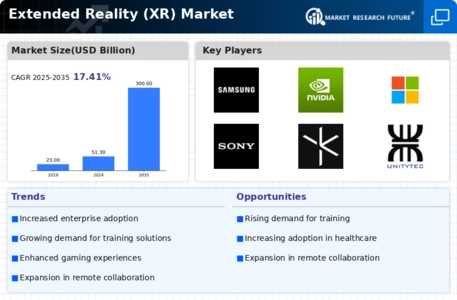
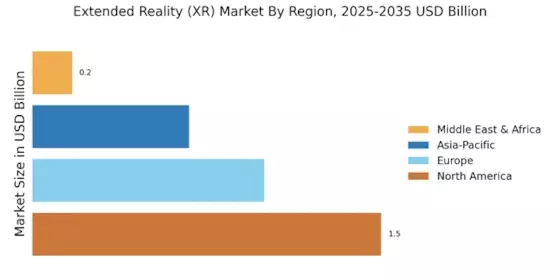
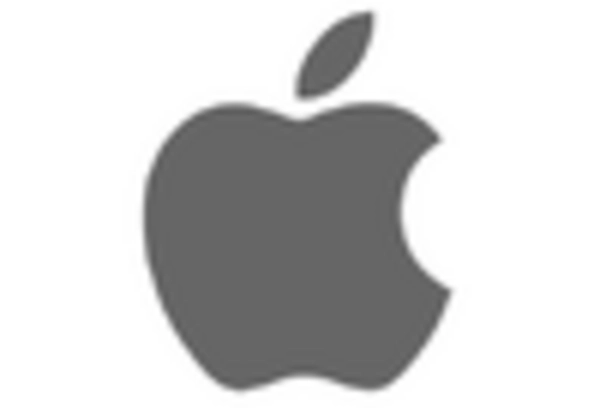



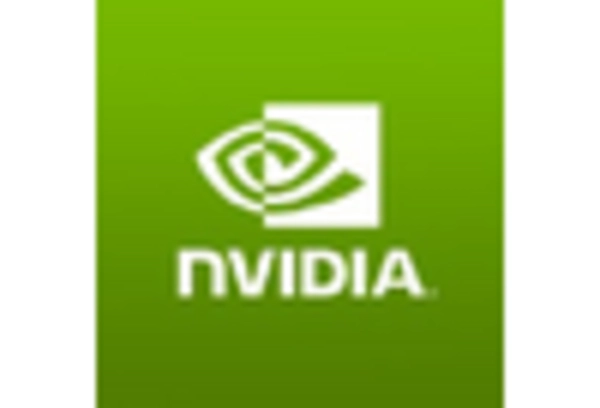
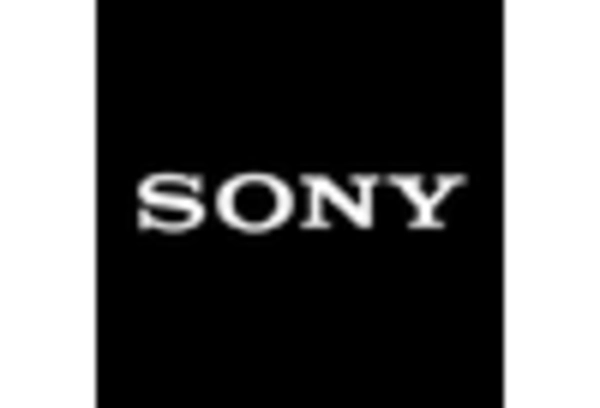








Leave a Comment